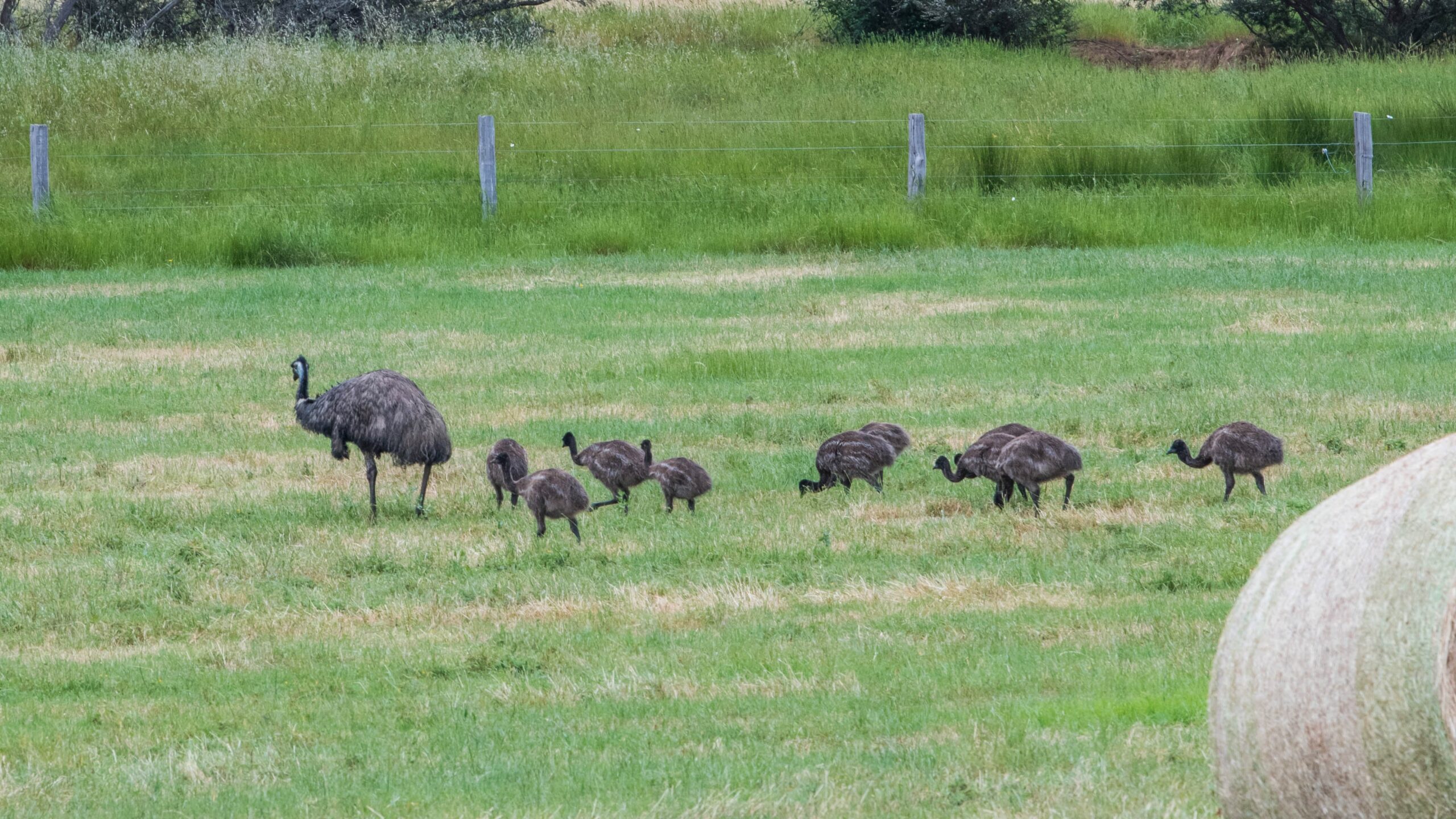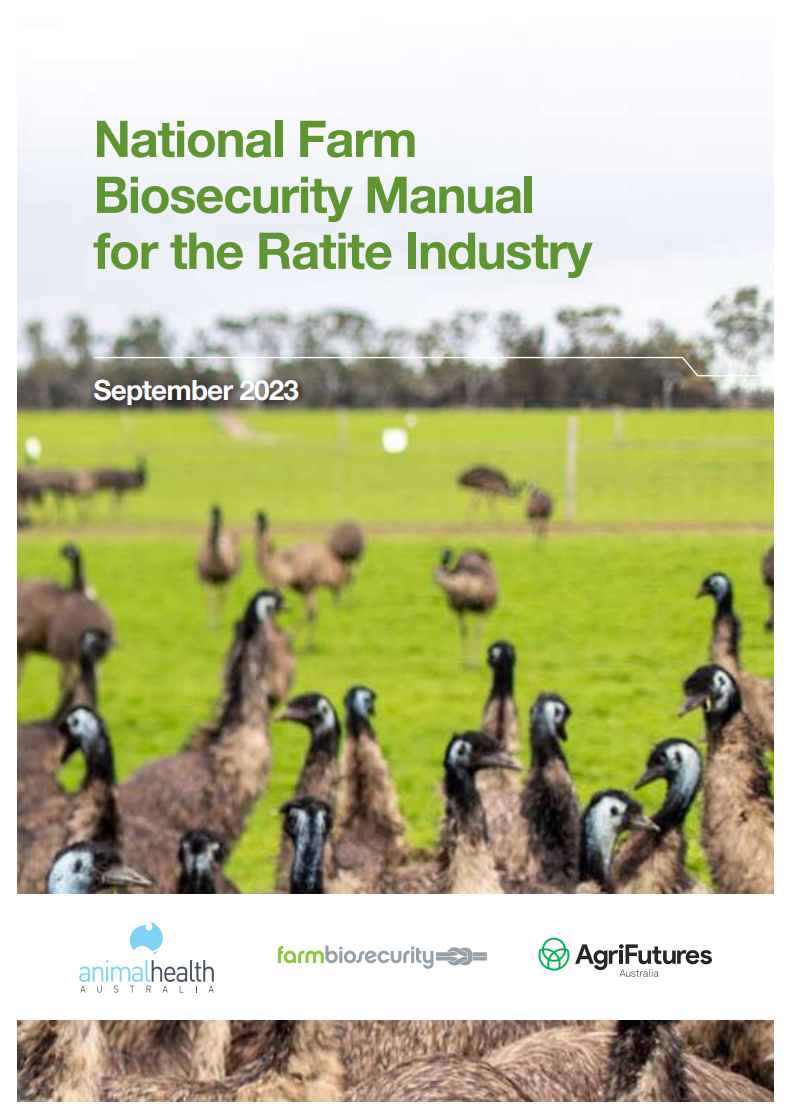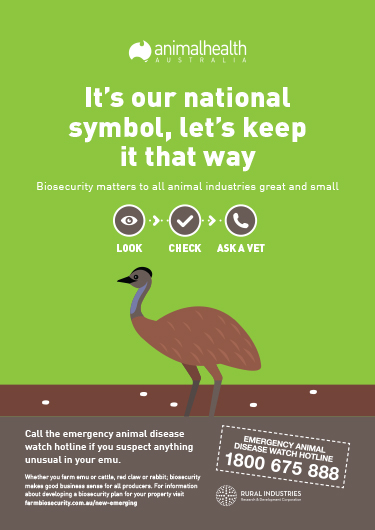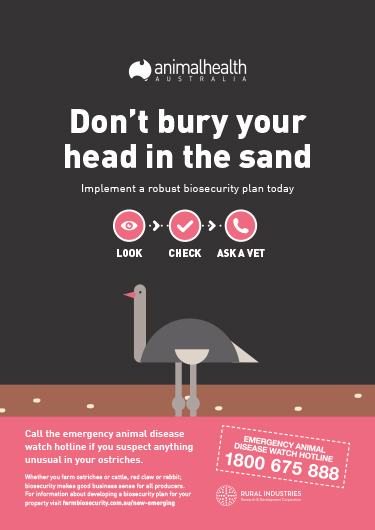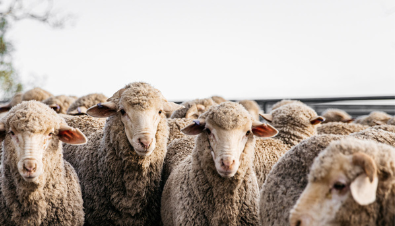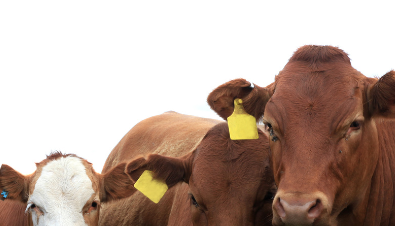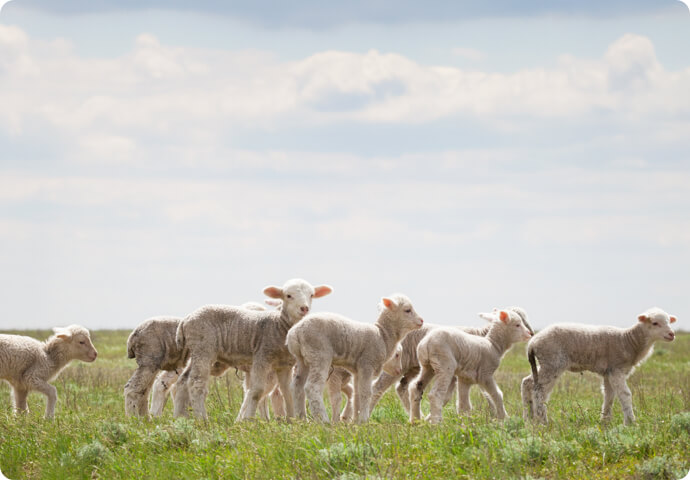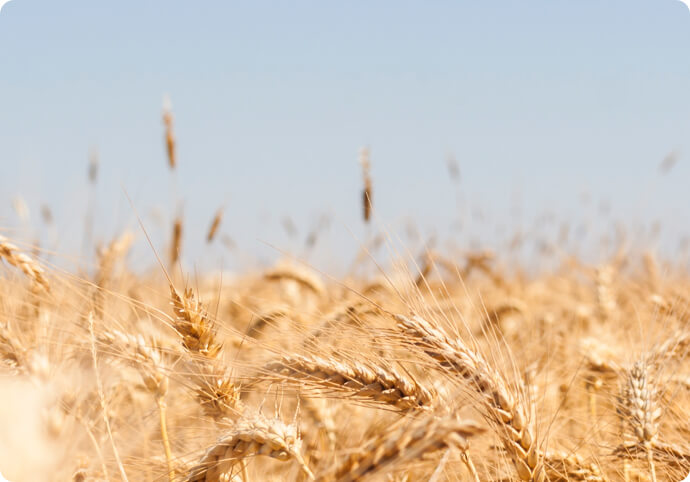You have an important role to play in protecting your flock, property and the entire ratite industry from biosecurity threats.
The ratite industry in Australia comprises of commercial ostrich and emu farms, which produce a wide range of products including meat, skins, eggs, feathers, and oil. Previously, the biosecurity standards and guidelines for the ratite industry were broadly outlined in the National Farm Biosecurity Manual Poultry Production. However, this generic manual did not capture the unique requirements of ratite production and there was a need for a sector-specific biosecurity manual for ratites.
The National Farm Biosecurity Manual for the Ratite Industry was produced in 2023 to fill a sector-specific biosecurity information gap, with the purpose of providing a minimum set of biosecurity guidelines that would be applicable to all commercial ratite enterprises in Australia. These guidelines are put in place to help producers identify biosecurity risks in their operations and provide appropriate measures to minimise these risks. This manual was funded by AgriFutures Australia and produced in consultation with The Emu Industry Federation of Australia and the Australian Ostrich Association.
